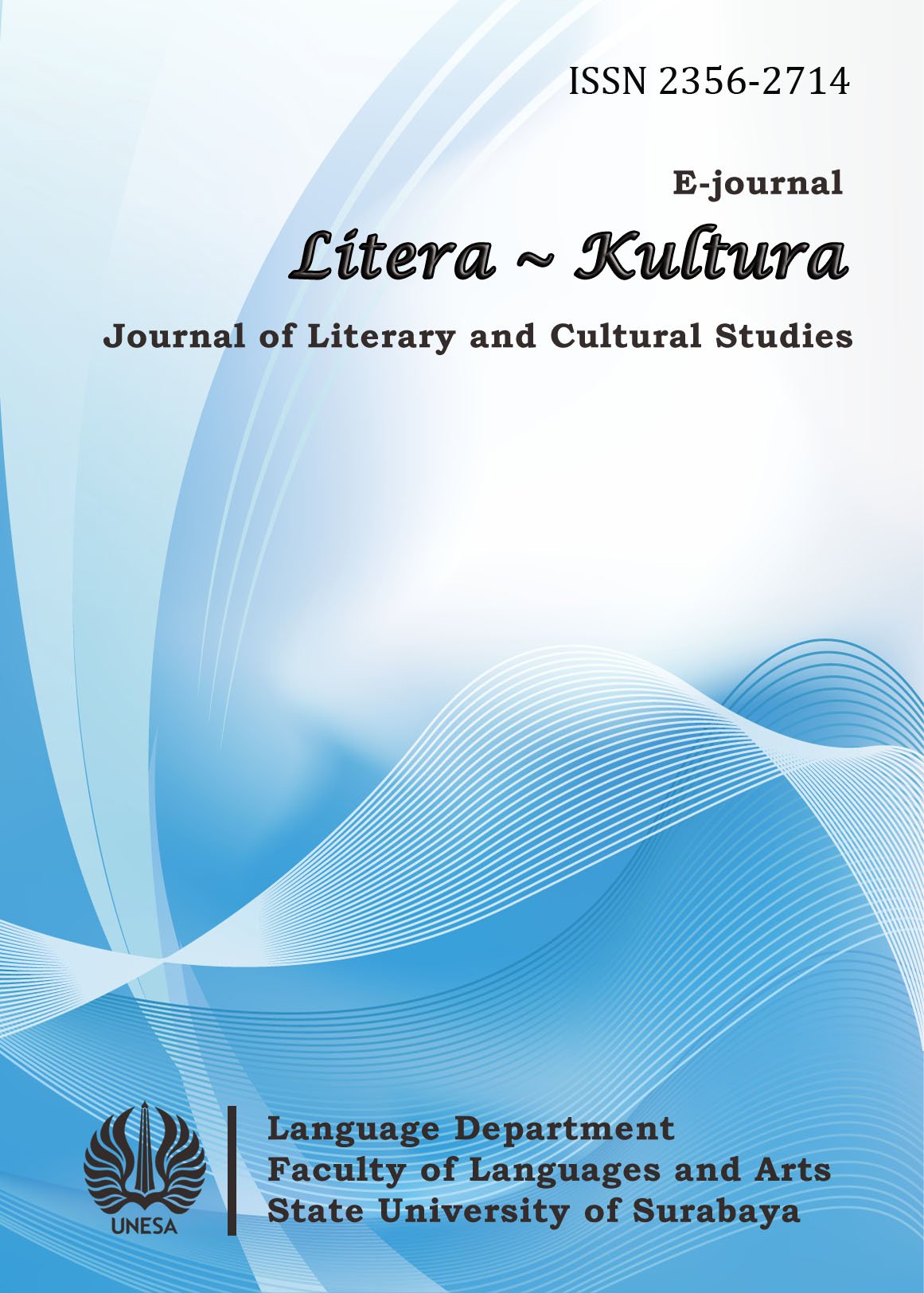Downloads
Download data is not yet available.
Downloads
Published
2019-05-24
How to Cite
Bardianing Panggalih, W. (2019). RETAIN : Journal of Research in English Language Teaching, 7(1). Retrieved from https://ejournal.unesa.ac.id/index.php/retain/article/view/27753
Issue
Section
Articles
 Abstract views: 100
,
Abstract views: 100
, PDF Downloads: 78
PDF Downloads: 78


